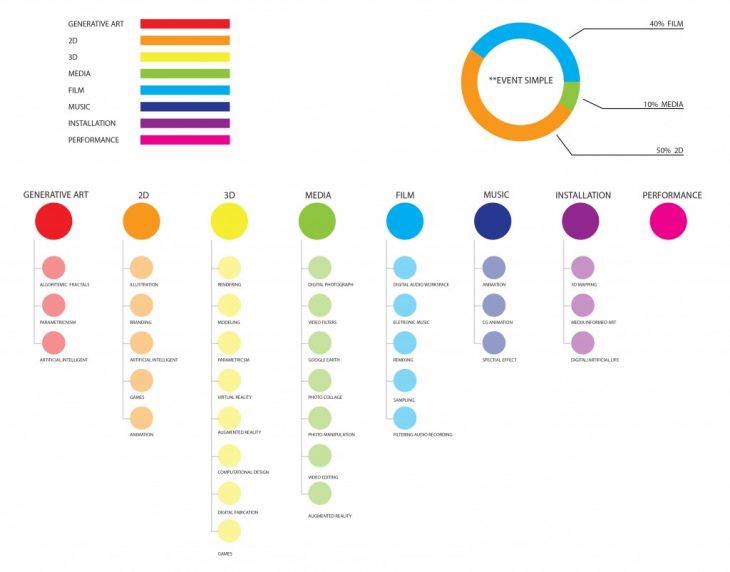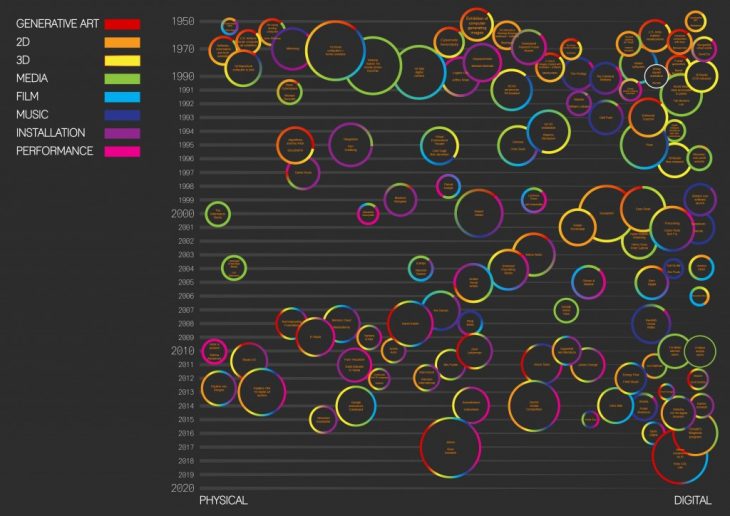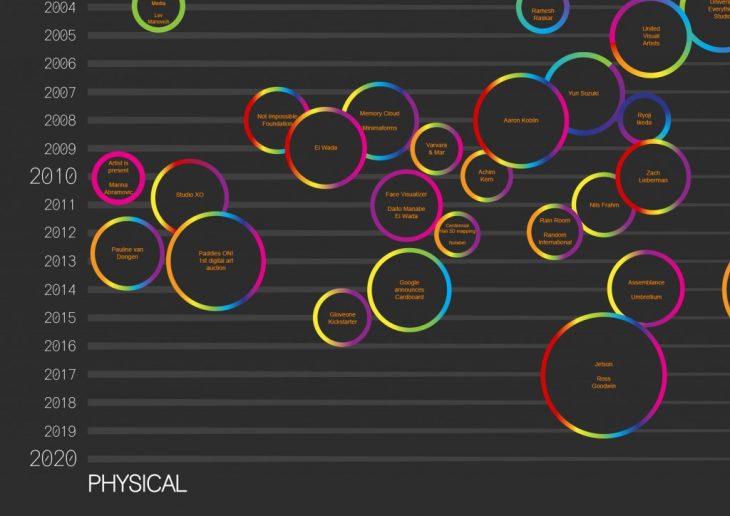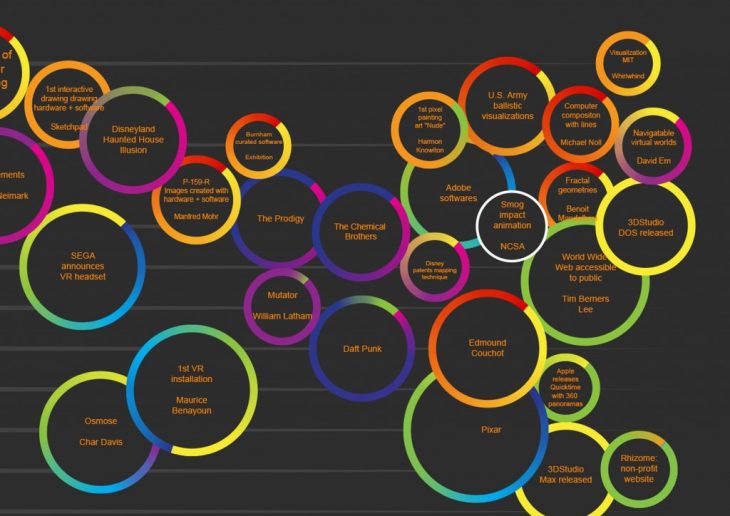Installations + Performance + Digital Art
Definition:
“Digital art is anything involving computers and art such as using a computer to create art or digitized art display” – EB Boyd, Writer
“(…) The digital world announces – still tentatively – a space bounding in barely embryonic possibilities; a space more open to new programs, to systems and to devices capable of syntonizing, reacting and mutating with reality: at once capable of receiving and acting.” – The Metapolis Dictionary of Advanced Architecture, p. 168
“(…)configuration or “installation” of objects in a space.” – Visual Arts Cork
“A theatrical presentation that incorporates various art forms, such as dance, sculpture, music” – Collins Dictionary
Conclusive definition:
Digital art (in the past referred to as computer art) is a practice of art that is aided by a computer. The level of engagement of the device in the artwork varies, from a technical tool used to make lines, up to artificial intelligence that takes over the design.
Timefield categories:
- 2D
- 3D
- Generative art
- Media manipulation
- Music
- Installation
- Performance
- Film

The scope of analysis includes the area of art that is described by the definition previously stated. In more detail this includes a basic division of digital medias into 8 major categories; generative art, 2D, 3D, media manipulation, music, installation, performance and film. This division seams not the most efficient one since some of the groups may be contained in other, however for the purpose of analysis of sub groups this proves functional due to later subdivisions that may be made.
Data selection strategies:
1. Digital art progress is strictly related to technology advancements. One of the crucial aspects was to choose artworks that demonstrate this relation.
2. As the works are differentiated on scale between digital and physical, it was important to have examples that would visualise this full spectrum, examples showing this gradation were important.
3. When considering digital media, we must consider the digital voice, or how information spreads. The significance of traces of events or artworks in the internet was an important parameter that helped to assign greater value.
4. Magnitude of influence of future events or artworks became a crucial aspect. If an event triggered other ones (like starting a revolution), it was given extra attention and significance.
5. Professional opinion was another important perception. The higher value was given to opinions of credited authors and curators on this topic. This however proved more difficult with more recent works, which have not yet been well analysed in books dedicated to digital art

 Detail 1
Detail 1
 Detail 2
Detail 2